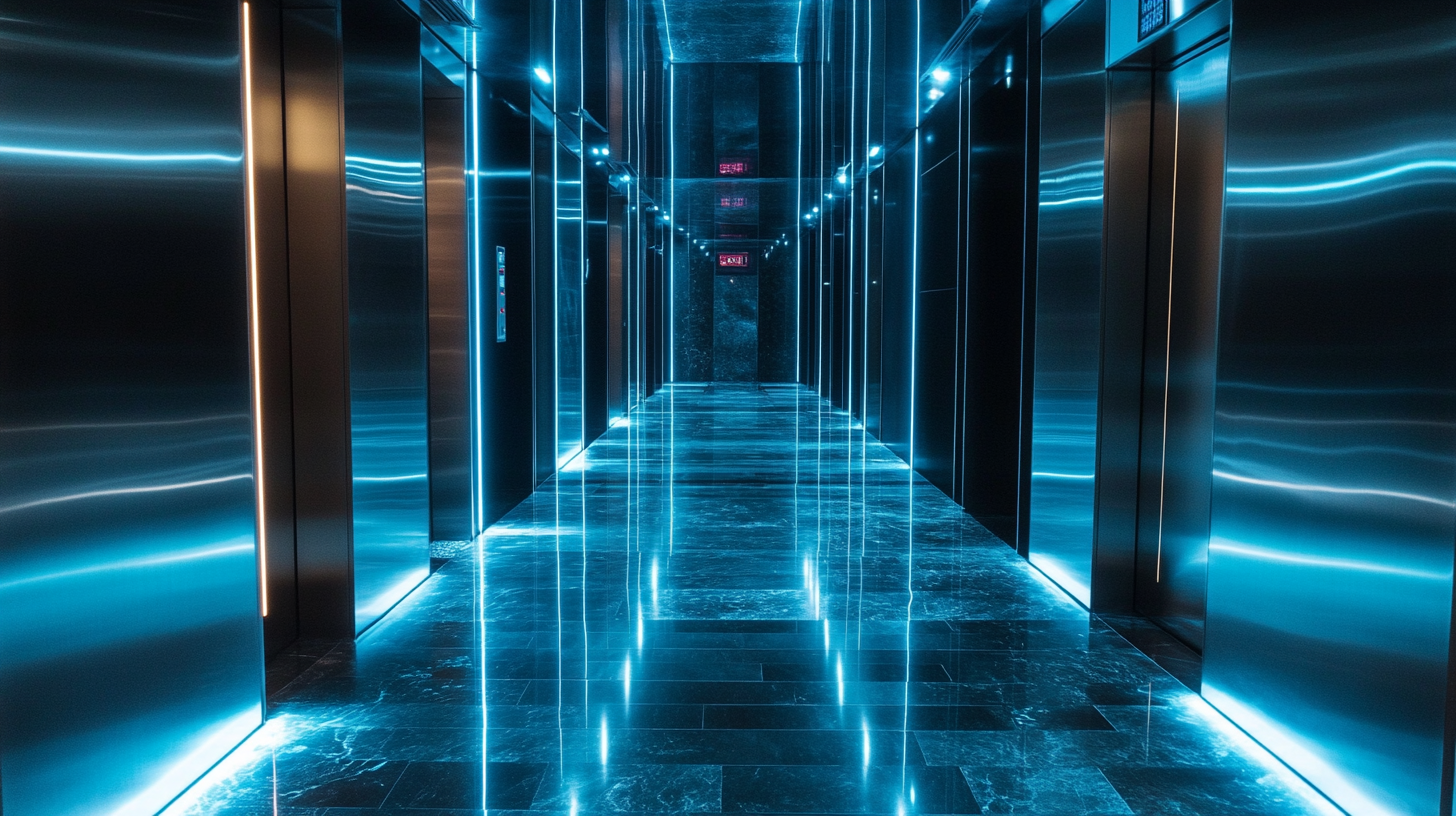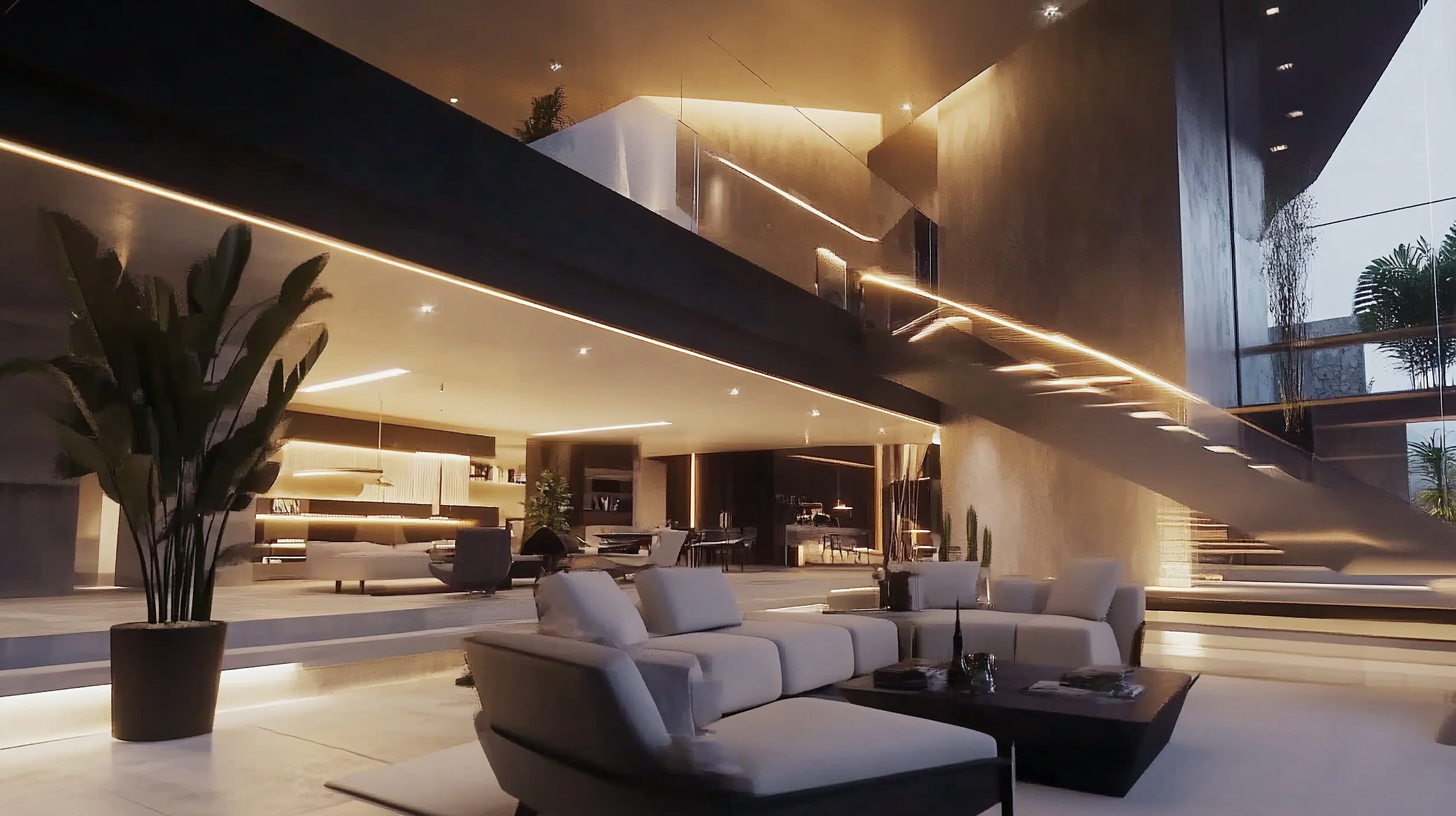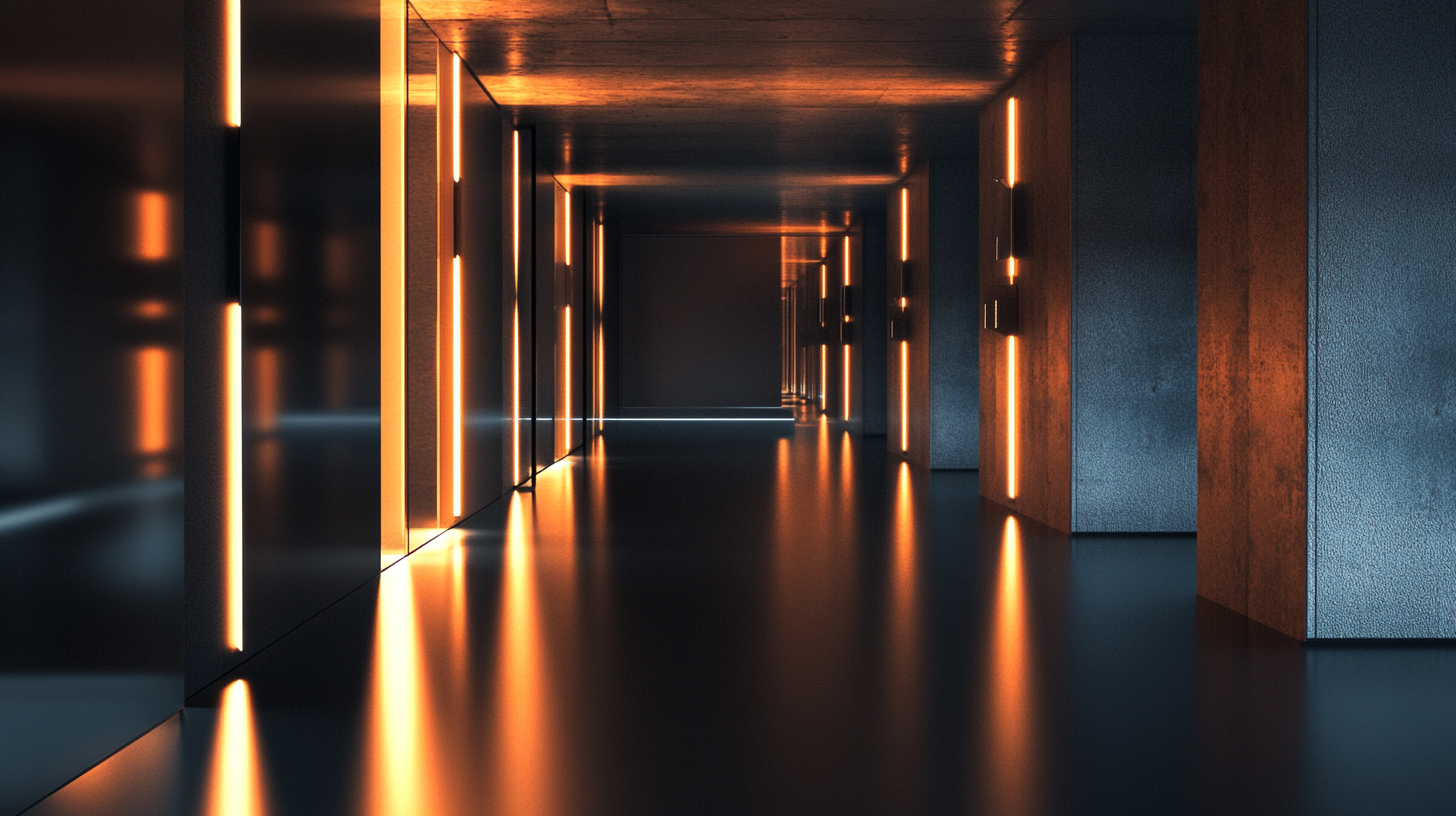Exploring the Impact of Best Lighting Technology on Modern Design Solutions
In today's rapidly evolving design landscape, the significance of advanced lighting technology cannot be overstated. According to a recent report by the International Energy Agency (IEA), energy-efficient lighting solutions have the potential to reduce global electricity consumption by approximately 30% by 2030, significantly impacting both economic and environmental factors. As designers and architects increasingly integrate innovative lighting technologies into their projects, the importance of after-sales service and maintenance costs comes to the forefront. A seamless blend of functionality and aesthetics is vital in modern design, necessitating that professionals are equipped to navigate the complexities of installation, upkeep, and support. This blog will explore how best lighting technology enhances design solutions while also addressing the crucial aspects of after-sales service advantages and repair costs, providing a comprehensive guide for industry stakeholders looking to maximize their investment and elevate their design projects.

The Evolution of Lighting Technology and Its Influence on Modern Design
The evolution of lighting technology has significantly transformed modern design, enabling architects and designers to create innovative and functional spaces. According to the International Energy Agency (IEA), advancements in lighting technologies, particularly LEDs, have led to a reduction in energy consumption for lighting by 50% worldwide since 2010. This shift not only decreases energy costs but also opens up new possibilities for design aesthetics, allowing for dynamic lighting solutions that enhance architectural features and improve ambiance.
Moreover, the introduction of smart lighting systems has further revolutionized how spaces are designed and experienced. A report from McKinsey highlights that smart lighting can lead to a 30-50% reduction in energy use while providing customizable experiences for users. As designers increasingly incorporate these technologies into their projects, they can create environments that adapt to the needs of the occupants and promote well-being. This integration of best lighting practices not only enhances visual comfort but also reflects a growing awareness of sustainability and the importance of intelligent design in our daily lives.

Integrating Smart Lighting Solutions into Contemporary Spaces
In contemporary design, smart lighting solutions are revolutionizing the way we interact with spaces. By integrating advanced technology into lighting systems, designers can create adaptable environments that respond to users' needs and preferences. Smart lighting can be programmed to change brightness, color, and even patterns, allowing for a dynamic atmosphere that enhances mood and functionality throughout the day. For instance, a workspace can transform from bright, focused lighting during office hours to warm, relaxing tones in the evening, promoting a harmonious balance between productivity and comfort.
Moreover, the integration of smart lighting into contemporary spaces goes beyond aesthetics; it also contributes significantly to energy efficiency and sustainability. Advanced sensors can adjust lighting based on natural light availability, reducing energy consumption and lowering utility costs. Additionally, through smart home technology, users can control lighting remotely or set schedules, optimizing usage while minimizing waste. As architects and interior designers increasingly embrace these innovations, the result is a seamless blend of technology and design that not only enhances the physical space but also enriches the user experience.

The Role of Sustainable Lighting in Enhancing Design Aesthetics
In the realms of modern design, sustainable lighting has become a pivotal element in enhancing both functionality and aesthetics. As we navigate through advancements in lighting technology, the significance of using eco-friendly solutions is increasingly recognized. The rise of organic light-emitting diode (OLED) technology, projected to experience a tremendous growth trajectory between 2024 and 2032, showcases the demand for high-quality, sustainable lighting options. This trend underscores the importance of integrating innovative lighting solutions that not only illuminate spaces but also align with environmentally conscious practices.
Tips for selecting sustainable lighting include focusing on energy efficiency, such as choosing LED or OLED fixtures that consume less power while providing optimal brightness. Additionally, consider the color temperature of the lighting; warmer tones can create a cozy and inviting atmosphere, enhancing the overall design aesthetic. Finally, explore smart lighting systems that allow for automation and customization, making it easier to adjust the ambiance of a space according to personal preference and reducing energy waste.
Incorporating sustainable lighting into design not only elevates the visual appeal of a space but also reflects a commitment to environmental responsibility. By prioritizing eco-friendly lighting solutions, designers can create harmonious environments that resonate with a growing audience seeking sustainable and beautifully designed spaces.
Impact of Lighting Technology on Modern Design Solutions
This chart illustrates the relationship between different lighting technologies and their perceived impact on design aesthetics in modern spaces. The data reflects how various sustainable lighting options contribute to overall design solutions.
How Chinese Manufacturing is Shaping Global Lighting Innovations
The global lighting industry is experiencing a transformative shift, largely driven by the innovative prowess of Chinese manufacturing. As the world pivots towards energy efficiency and sustainability, Chinese companies are at the forefront of designing cutting-edge lighting solutions. With robust investment in research and development, manufacturers in China are not only producing affordable LED technologies but also pioneering intelligent lighting systems that integrate seamlessly with smart home devices. This commitment to innovation is reshaping global design standards, making advanced lighting more accessible to a wider audience.
Additionally, the rapid advancement of lighting technology in China has significant implications for modern design solutions. Architects and designers are now leveraging the versatility and energy efficiency of these new products to enhance aesthetics and functionality in their projects. From dynamic color-changing lights to outdoor solar solutions, the array of options available is creating exciting opportunities for creativity in design. As Chinese manufacturing continues to set trends in the lighting industry, its influence is felt across various sectors, enabling a harmonious blend of form and function in contemporary design.
Case Studies: Successful Modern Design Projects Utilizing Advanced Lighting
Lighting plays a crucial role in modern design, enhancing both aesthetics and functionality. In various case studies, designers have successfully leveraged advanced lighting technologies to create transformative spaces. For instance, a recent commercial project utilized dynamic LED systems that adjust brightness and color temperature throughout the day, simulating natural daylight. This approach not only improved the workspace atmosphere but also boosted employee productivity and well-being.
Another remarkable example can be found in residential architecture, where smart lighting solutions have redefined home environments. One case involved integrating tunable lighting that changes to match the time of day, providing warm tones during evenings and cooler hues in the morning. This technology not only emphasizes design elements but also aligns with the occupants' circadian rhythms, enhancing comfort and relaxation. These projects illustrate how embracing best lighting technology can result in innovative design solutions that address contemporary needs and elevate the overall experience of the space.
| Project Name | Lighting Technology Used | Design Type | Impact on Aesthetics | User Experience Improvement |
|---|---|---|---|---|
| Urban Art Installation | LED RGB Lighting | Public Art | Enhanced visual appeal at night | Increased foot traffic and engagement |
| Modern Office Space | Smart Lighting Systems | Commercial | Sophisticated and flexible layout | Boosted productivity and comfort |
| Restaurant Interior Design | Warm Dimmer LEDs | Hospitality | Inviting and cozy atmosphere | Enhanced dining experience |
| Retail Store Layout | Directional Spotlights | Retail | Focused attention on products | Increased sales through visibility |
| Residential Modern Home | Smart LED Systems | Residential | Elegant and customizable ambiance | Improved comfort and mood |
